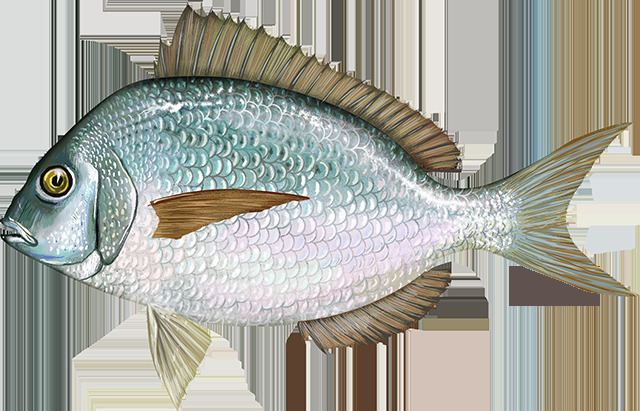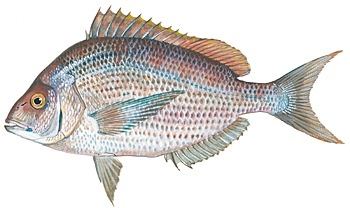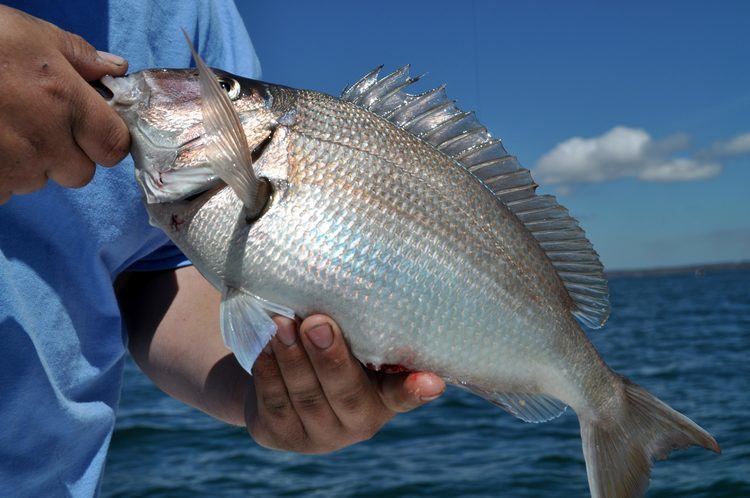Genus Stenotomus Order Perciformes Higher classification Stenotomus | Scientific name Stenotomus chrysops Phylum Chordata Rank Species | |
 | ||
Similar Black sea bass, Tautog, Summer flounder, Weakfish, Winter flounder | ||
Installing and configuring scup 2011 step 1 patch my pc scup catalog
The scup, Stenotomus chrysops, is a fish which occurs primarily in the Atlantic from Massachusetts to South Carolina. Along with many other fish of the family Sparidae, it is also commonly known as porgy.
Contents
- Installing and configuring scup 2011 step 1 patch my pc scup catalog
- Sc p s1 episode 1
- Management
- References

Scup grow as large as 18 in (450 mm) and weigh 3 to 4 lb (2 kg), but they average 0.5–1.0 lb (0.25–0.50 kg).
In the Middle Atlantic Bight, scup spawn along the inner continental shelf. Their larvae end up in inshore waters, along the coast and in estuarine areas. At two to three years of age, they mature. Scup winter along the mid and outer continental shelf. When the temperature warms in the spring, they migrate inshore.

They are fished for by both commercial and recreational fishermen. The scup fishery is one of the oldest in the United States, with records dating back to 1800. Scup was the most abundant fish in Colonial Times, landing the name "porgy," which was the American Indian for "fertilizer." [2] Fishermen began using trawls in 1929, which increased catches dramatically. The species was termed overfished in 1996, and today there is evidence of a rebound. Today, scup are still caught primarily using an otter trawl.

Many consumers like their light flavor and they are sometimes called panfish. Popular methods of cooking include but are not limited to frying, broiling, and baking.

Sc p s1 episode 1
Management

Scup are heavily fished commercially and recreationally. Management measures for the species generally include size limits, bag limits, fishing seasons, and equipment requirements. Scup are also managed through quotas that are separately regulated during the different seasons.
